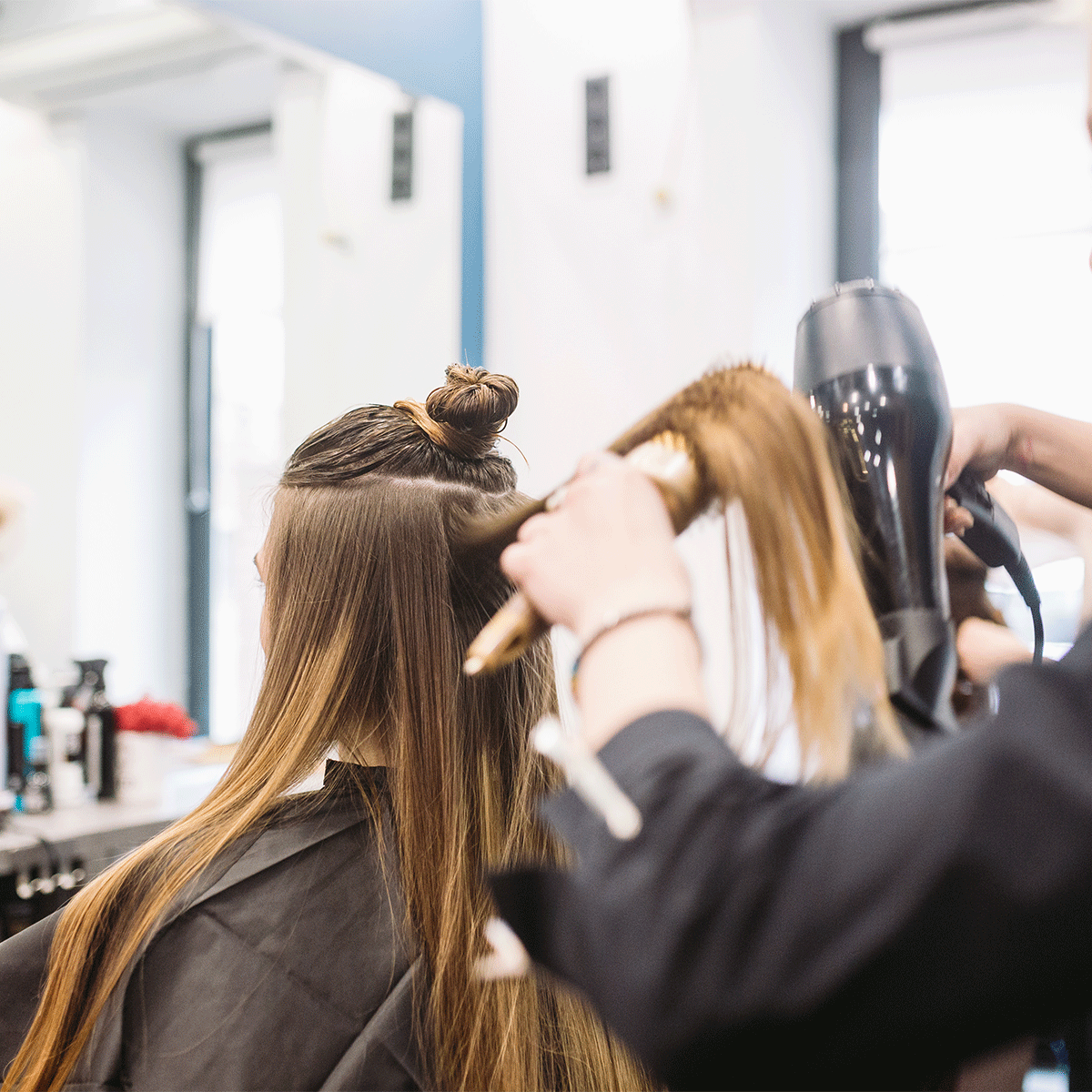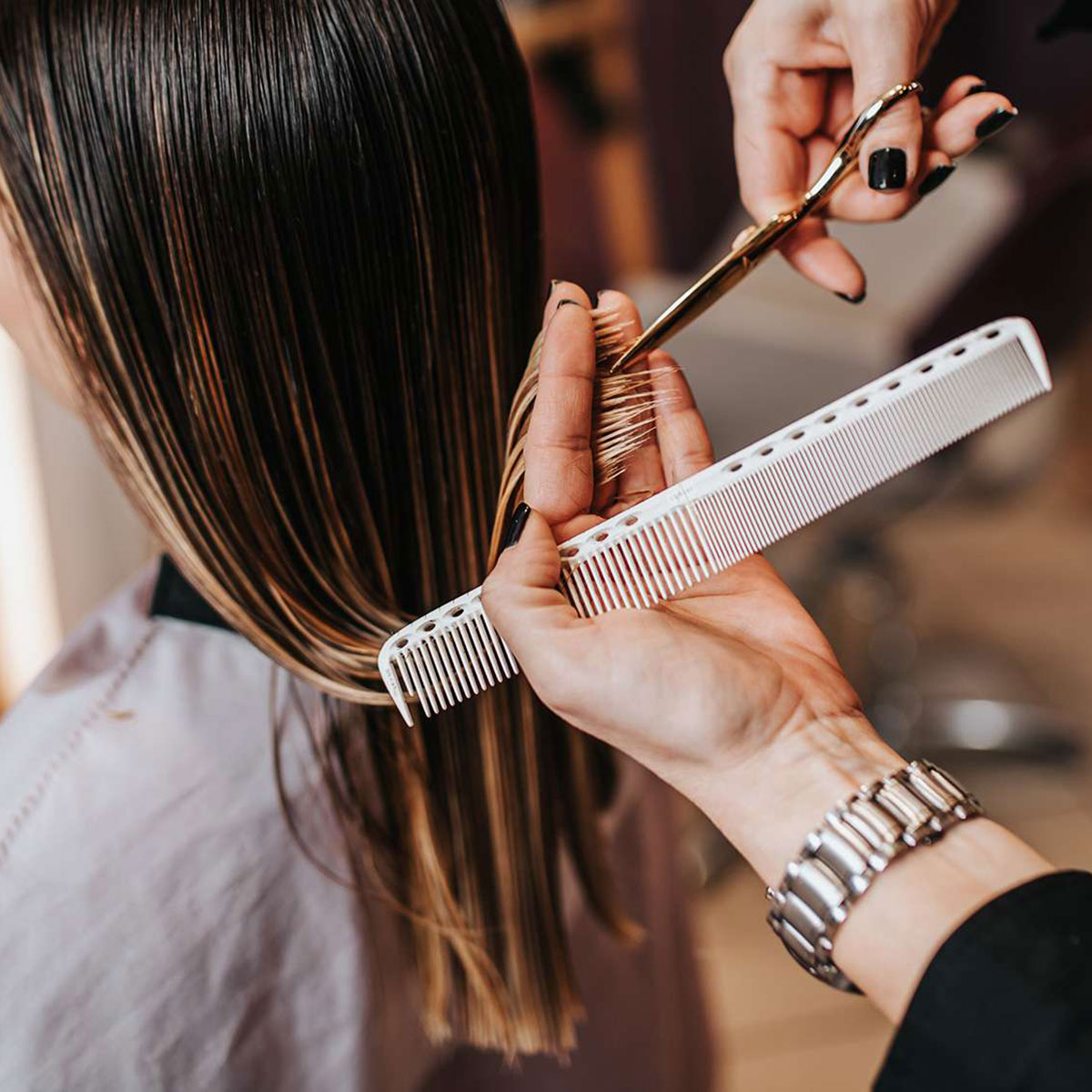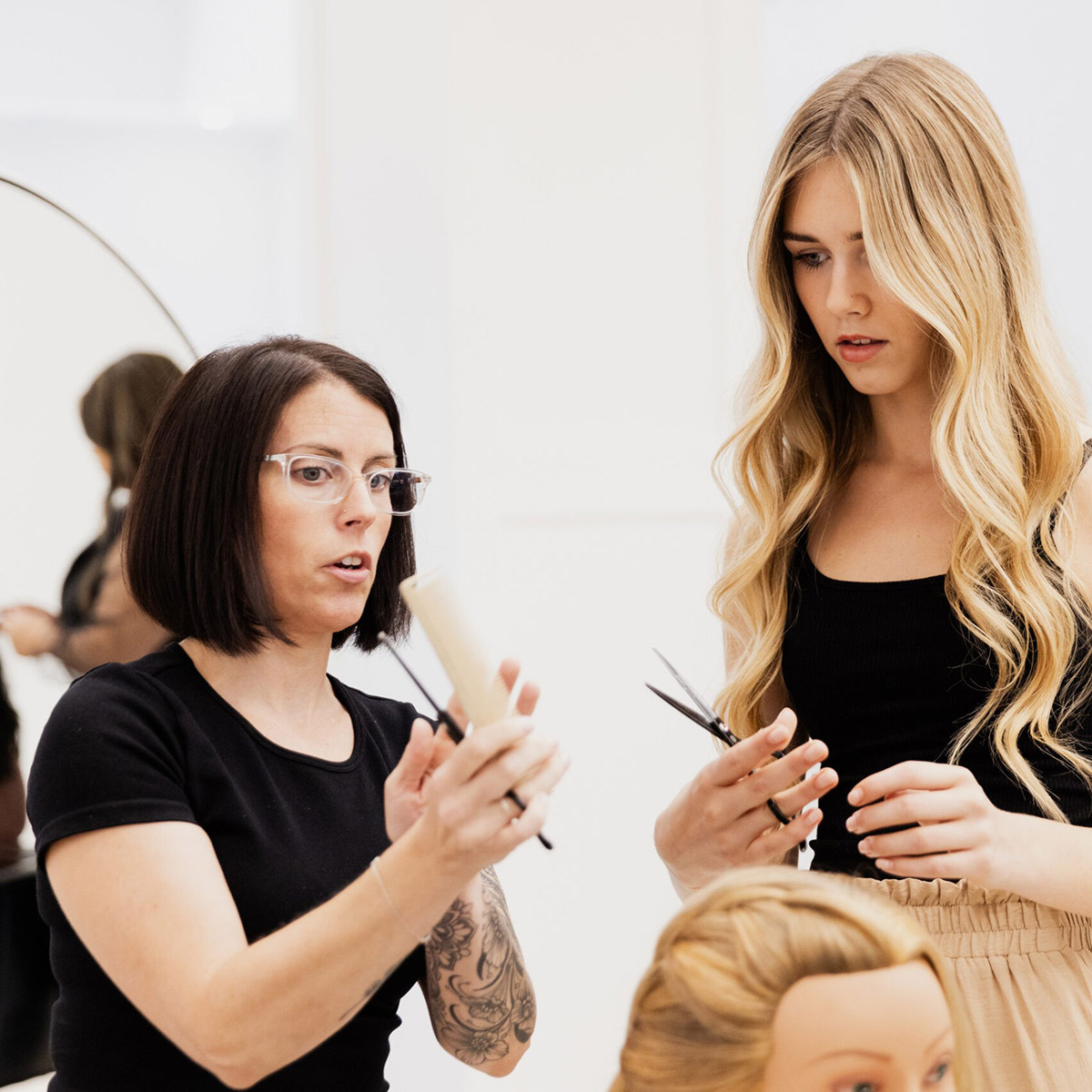Faculty


Staff

Launch your career in the beauty industry with Northeastern’s Cosmetology Certification program. Our program blends hands-on technical training with essential professional skills to prepare you for success in today’s beauty field. Students complete 1,500 clock hours / 53 credits, meeting the requirements of the Colorado Cosmetology/Barber Board for state licensing eligibility.
Upon successful completion, graduates earn a certificate and are eligible to register for the state licensing exam. More than 90% of Northeastern Cosmetology graduates who take the exam successfully earn their license.

Each student receives a professional kit that includes high-quality tools of the trade—such as shears, texture shears, clippers, blow dryers, irons, brushes, and state-of-the-art mannequins—designed to prepare you for real-world success.
Students train with the same professional products used in today’s salons and gain hands-on experience in both the classroom and the Student Salon. You’ll also have the opportunity to build valuable connections with industry sales representatives.

Your success is our priority! Our instructors are licensed cosmetologists who actively work in salons and bring real-world experience to the classroom.
They stay connected with industry trends through a professional network and Advisory Board, ensuring you learn the latest techniques, teaching methods, and innovations in cosmetology.

According to the Bureau of Labor Statistics, overall employment of barbers, hairstylists, and cosmetologists is projected to grow 8 percent from 2022 to 2032, faster than the average for all occupations.
About 89,400 openings for barbers, hairstylists, and cosmetologists are projected each year, on average, over the decade. Many of those openings are expected to result from the need to replace workers who transfer to different occupations or exit the labor force, such as to retire.
The need for barbers and hairdressers will stem primarily from demand for basic hair care services. In addition, an increased demand for hair coloring, hair straightening, and other advanced hair treatments is expected to continue over the projections decade.
Hairdressers, hairstylists, and cosmetologists will continue to compete with providers of specialized services, such as nail and skin care. Consumers often choose manicurists and pedicurists and skincare specialists for these services, rather than to visit hairdressers, hairstylists, and cosmetologists for them. Still, employment is expected to grow to meet increased demand for personal appearance services.
The median hourly wage for barbers was $16.82 in May 2022. The median wage is the wage at which half the workers in an occupation earned more than that amount and half earned less. The lowest 10 percent earned less than $11.00, and the highest 10 percent earned more than $29.29.
The median hourly wage for hairdressers, hairstylists, and cosmetologists was $16.01 in May 2022. The lowest 10 percent earned less than $10.48, and the highest 10 percent earned more than $28.88.
In May 2022, the median hourly wages for barbers in the top industries in which they worked were as follows:
| Personal care services | $16.77 |
In May 2022, the median hourly wages for hairdressers, hairstylists, and cosmetologists in the top industries in which they worked were as follows:
| Personal care services | $16.28 |
| Retail trade | $12.80 |
Barbers, hairstylists, and cosmetologists may receive tips from customers. These tips are included in the wage data shown.
Most barbers, hairstylists, and cosmetologists work full time, although part-time work is common. Work schedules may vary and often include evenings and weekends—times when beauty salons and barbershops may be busiest. Those who are self-employed and operate their own barbershop or salon may have long workdays, but they usually determine their own schedules,


